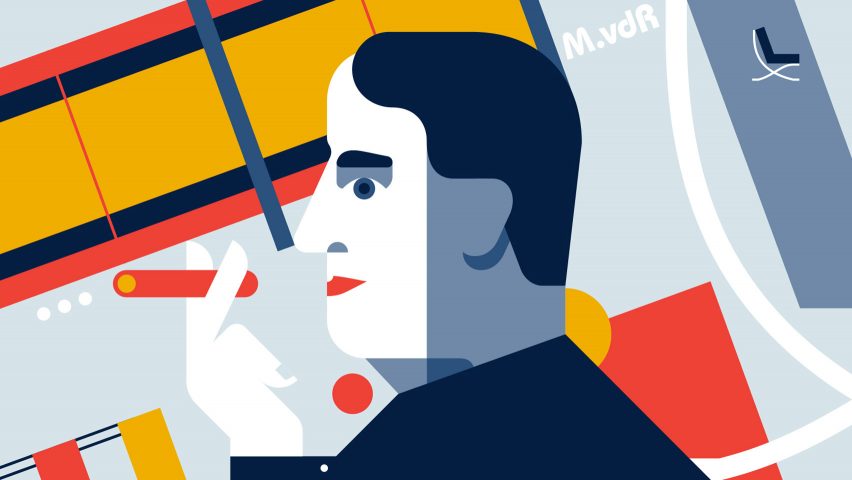Mies van der Rohe: the modernist architect who led the Bauhaus to its end
The third and final director Bauhaus director was one of the world’s best-known architects.
As we continue our Bauhaus 100 series, celebrating 100 years of the hugely influential school, we profile the modernism pioneer, Ludwig Mies van der Rohe.
Ludwig Mies van der Rohe, simply Mies to the entire world of design, is one of architecture’s most towering figures. Whether it is his gnomic statements – “less is more” and “God is in the details” – or the iconic Barcelona Pavilion or equally iconic Barcelona Chair, his presence borders on the mythic.
As William JR Curtis has put it, he is “one of those architects who refuses to go away.”
Mies better known for buildings than he is the Bauhaus
Mies is perhaps now best known for his American skyscrapers such as the Lake Shore Drive towers, Seagram or IBM Plaza – designs that have seen him shoulder the blame for any dull glass tower since. Yet the gestation for these works, and his shift from more classical designs to modernism, all took place in pre-war Germany.
Likewise, while he is remembered as an educator for his time as head of the Illinois Institute of Technology (IIT), less frequently discussed are the few years he spent at the helm of an incredibly beleaguered Bauhaus.
Mies’ entrance into the Bauhaus was never going to be particularly easy. Walter Gropius’ successor, Hannes Meyer, had been dismissed from the school in 1930 by Dessau’s mayor for allegedly politicising the students with his communist views.
After an unsuccessful attempt to convince Gropius – then focusing on his architectural practice – to return, the mayor instead suggested Mies, who was appointed that same year.
For all the Bauhaus’ reputation of making careers, Mies entered the school as a fully-fledged member of German’s avant-garde, imposing his own (then still relatively new) ideas about what modern design should be.
Read more

Comments are closed.